How to set-up Office Table | Tips & Tricks
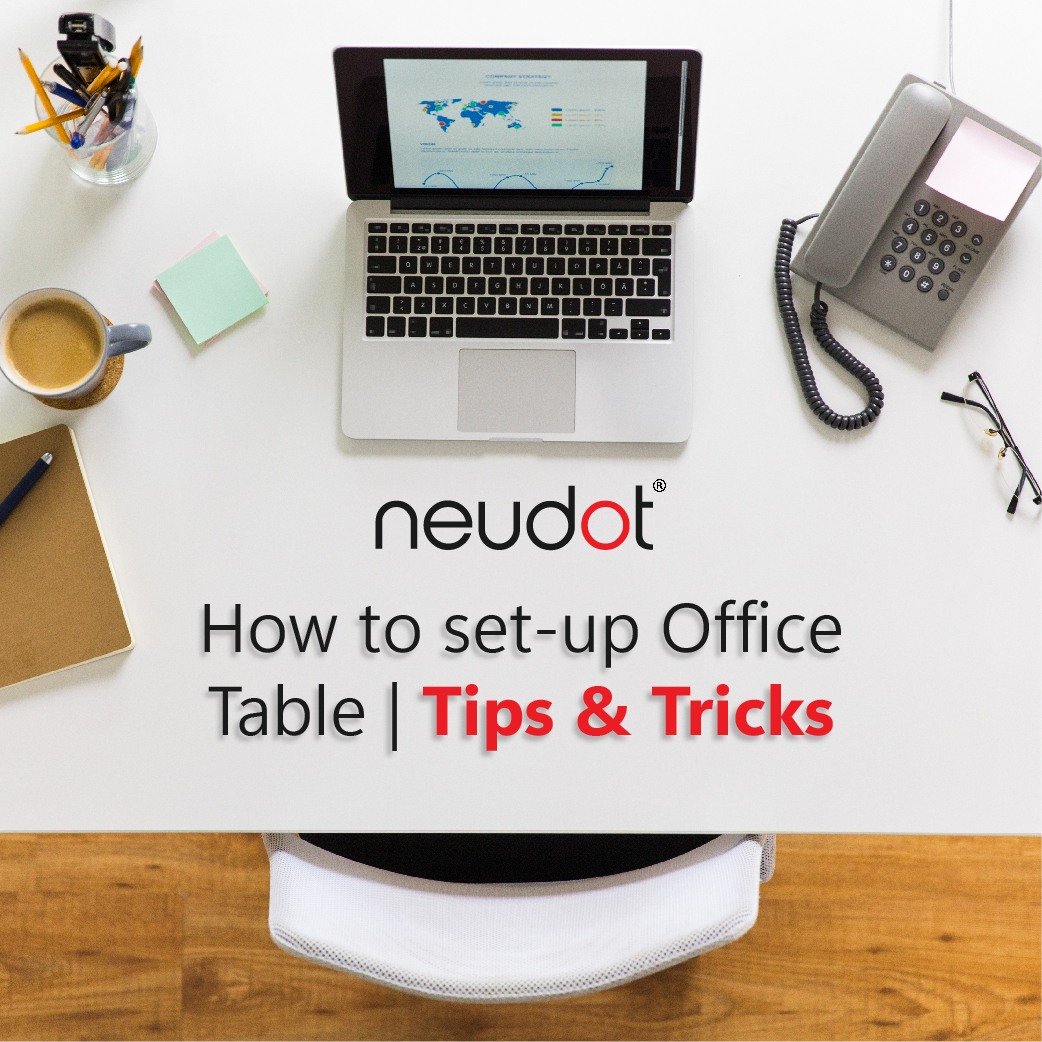
How to set-up Office Table | Tips & Tricks
Introduction
Welcome to the ultimate guide on setting up your Neudot office table – or any desk, for that matter – for optimal comfort and productivity!
Whether you're working from home or in a traditional office, your desk setup plays a crucial role in your well-being and efficiency. We'll delve into the principles of ergonomics and provide practical tips and tricks to transform your workspace into a haven of focus.
Even if you're using Neudot study tables for your learning endeavors, these principles remain equally important. Let's get started on creating your ideal workspace!
What is Ergonomics?
Ergonomics is the science of designing and arranging things people use so that the people and things interact most efficiently and safely.
In the context of your office table, it's about creating a workspace that fits you, reducing strain and maximizing comfort. This involves several key aspects:
Workstation design: This focuses on the physical layout of your desk and surrounding area, ensuring everything you need is within comfortable reach and properly positioned.
Task design: This considers how your work is structured and the tools you use to perform your tasks. An ergonomic setup supports efficient workflow.
Environmental factors: These include elements like lighting, temperature, and noise, all of which can significantly impact your comfort and productivity.
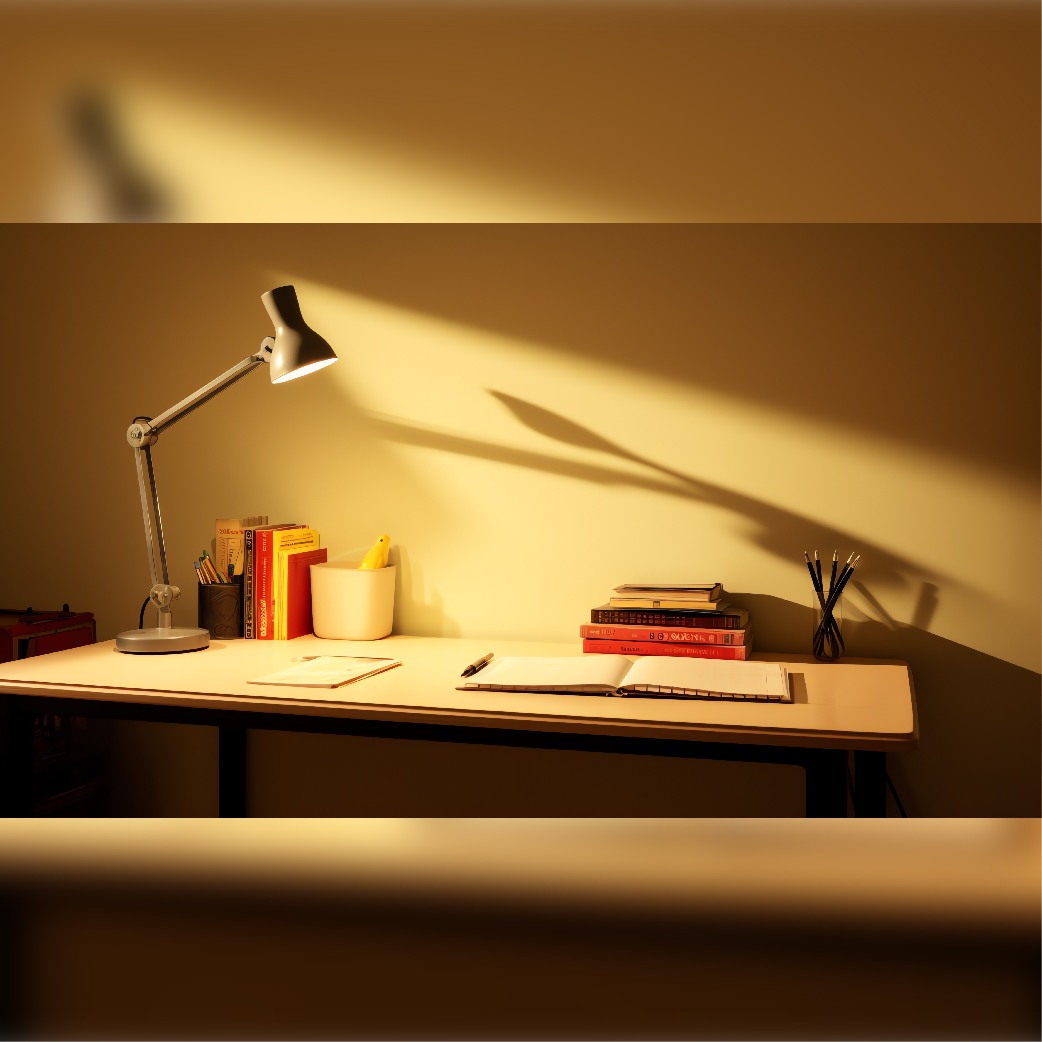
Tricks to Create an Ergonomic Desk Setup and Productive Workstation
Creating an ergonomic desk setup doesn't have to be complicated. Here are some practical tricks to implement:
Ergonomic Chair
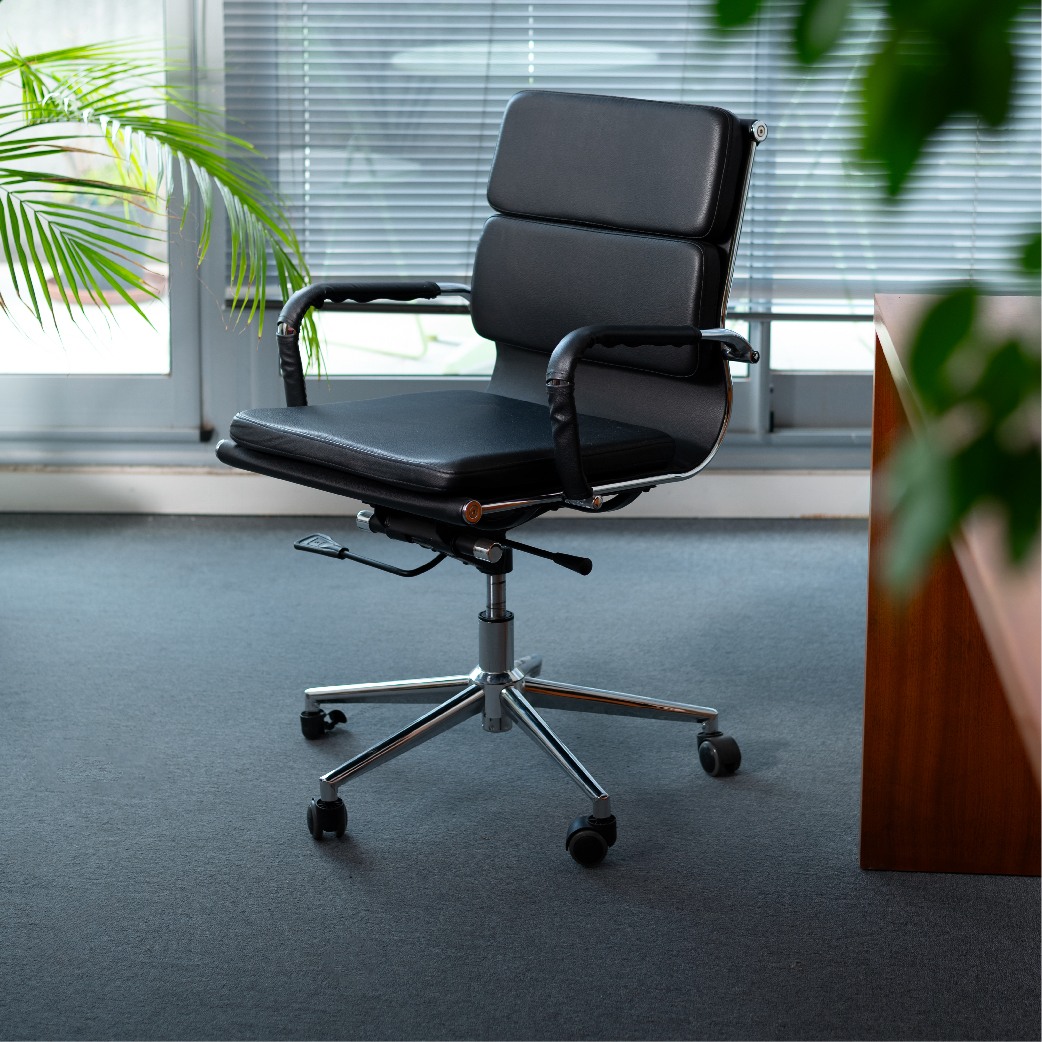
Your chair is the foundation of good posture and comfort. Look for these features:
- Lumbar support: A good chair will have adjustable lumbar support to maintain the natural curve of your lower back.
- Seat depth: Ensure you can sit with your feet flat on the floor or a footrest, with a few fingers' width between the back of your knees and the edge of the seat.
- Chair height: Adjust the chair so your thighs are parallel to the floor and your feet are flat.
- Armrests: Adjustable armrests allow your shoulders to relax and your elbows to be at a 90-degree angle when typing.
- Recline-ability: The ability to slightly recline can help reduce strain on your spine during long work sessions.
Desk height
Your desk height should allow your elbows to be at a 90-degree angle when your hands are on the keyboard. If your desk is too high, consider raising your chair or using a footrest. If it's too low, you might need to elevate your monitor and keyboard.
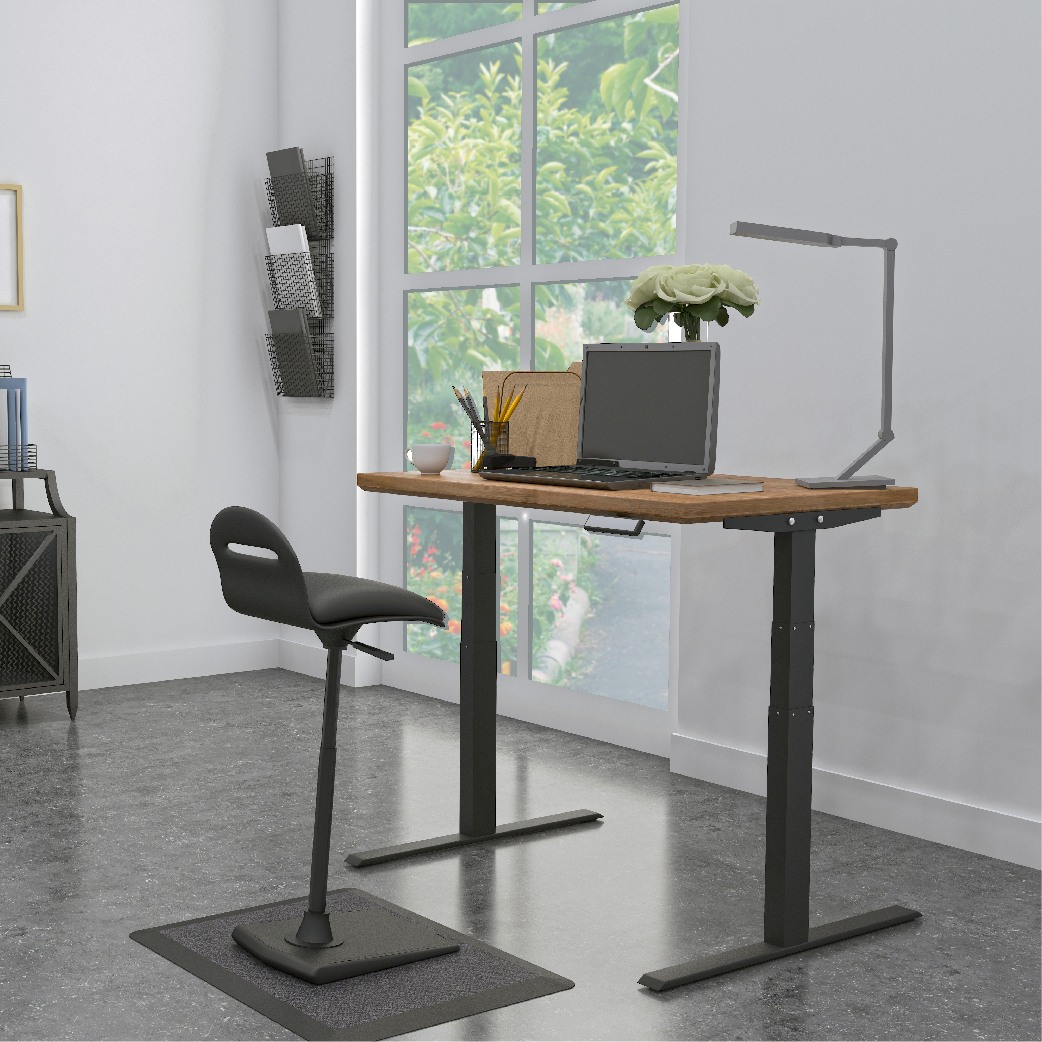
Monitor height: Position your monitor so the top of the screen is at or slightly below eye level. This helps prevent neck strain. Use monitor stands or risers to achieve the correct height.
Keyboard and mouse: Proper positioning of your input devices is crucial for wrist and arm comfort.
- Here is what the ideal keyboard & mouse setup looks like: Place your keyboard directly in front of you, allowing your wrists to be straight. Position your mouse close to the keyboard to minimize reaching. Consider using an ergonomic keyboard and mouse designed to promote neutral wrist posture.
Posture: Consciously maintain good posture throughout the day. Sit up straight, keep your shoulders relaxed, and avoid slouching. Regular breaks to stretch and move around are essential.
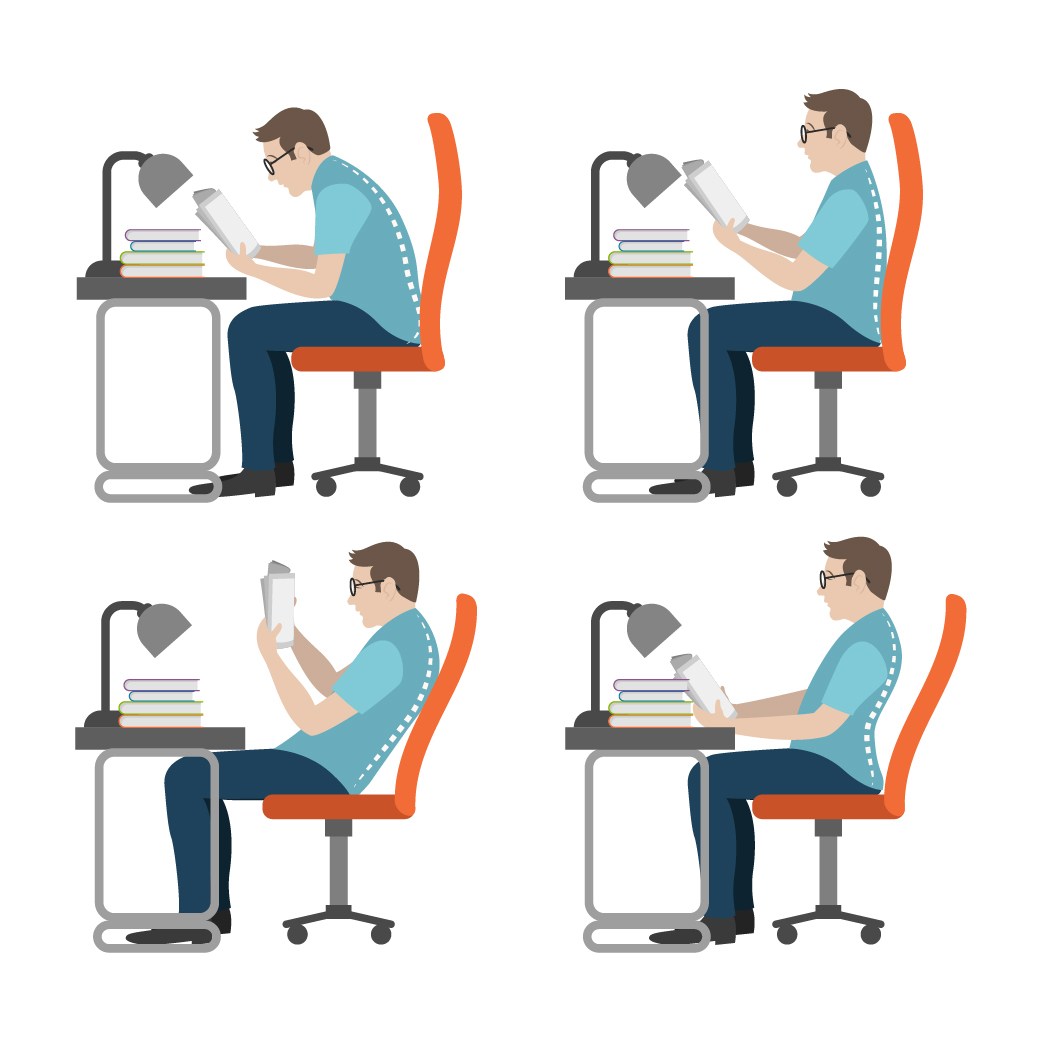
How to Set Up a Productive Workstation
Beyond ergonomics, creating a productive workstation involves optimizing your environment:
Lighting
Aim for natural light whenever possible. Supplement with artificial lighting that is not too harsh or glaring. Position lamps to avoid reflections on your screen.
Temperature
Maintain a comfortable room temperature. Being too hot or too cold can significantly impact your focus.
Sound
Minimize distractions by addressing noise levels. Consider using noise-canceling headphones or creating a quieter workspace if possible.
Plants
Adding plants to your workspace can improve air quality and create a more calming and positive atmosphere.
The Best Desk Layout for Productivity
An organized desk is a productive desk. Here are some layout tips:
- Keep only the things you use daily within reach: This includes your keyboard, mouse, notepad, and perhaps a pen.
- Tuck less-frequently-items away: Store documents, stationery, and other less-used items in drawers or organizers.
- Clear cable clutter with ties and other tools: Messy cables can be distracting and even a tripping hazard. Use cable ties, sleeves, or boxes to keep them organized and out of sight.
Do What Works for You
While these guidelines offer a solid foundation, remember that the "best" setup is the one that works best for you. Experiment with different arrangements and adjustments to find what feels most comfortable and allows you to work most efficiently. Pay attention to your body and make changes as needed.
Summing it Up
Setting up an ergonomic and productive office table is an investment in your well-being and efficiency. By understanding the principles of ergonomics and implementing these practical tips and tricks, you can create a workspace that supports your body and mind, whether you're using a dedicated Neudot office table or a versatile Neudot study table. Take the time to optimize your setup and home furniture, you'll undoubtedly notice a positive impact on your comfort, focus, and overall productivity.

